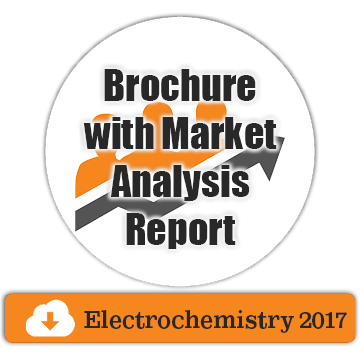
Biography
Biography: Ruiyong Chen
Abstract
Redox flow batteries are promising for large-scale energy storage applications due to their economy and scalability, in comparison with other energy storage systems. In addition, redox flow batteries have unique character of decoupled energy storage and power generation capability. Aqueous redox flow battery systems may offer safe operation, low cost and fast ionic mobility (power generation) in comparison with non-aqueous systems. However, due to the limits in the electrochemical stability window of water, aqueous systems can generally only be operated with low cell voltage (< 1.5 V). Conventional aqueous flow batteries have thus low energy density (< 30 Wh L-1), which is far below that for Li-ion batteries. Non-aqueous electrolytes using organic solvents, although can offer wide electrochemical window, suffer from low ionic conductivity, low solubility for active species and safety concerns. To access high cell voltage in aqueous systems, Chen et al., have recently developed new aqueous ionic liquid electrolytes with widened electrochemical window of about 3 V, using a concentrated aqueous solution of 1-butyl-3-methylimidazolium chloride (BMImCl). Herein, we explore various ionic liquid-based electrolytes and compatible redox couples (soluble species and semi-solid suspension utilizing solid-state cation/anion intercalation reactions) in the attempt to obtain redox flow batteries with high cell voltage and high energy density.

